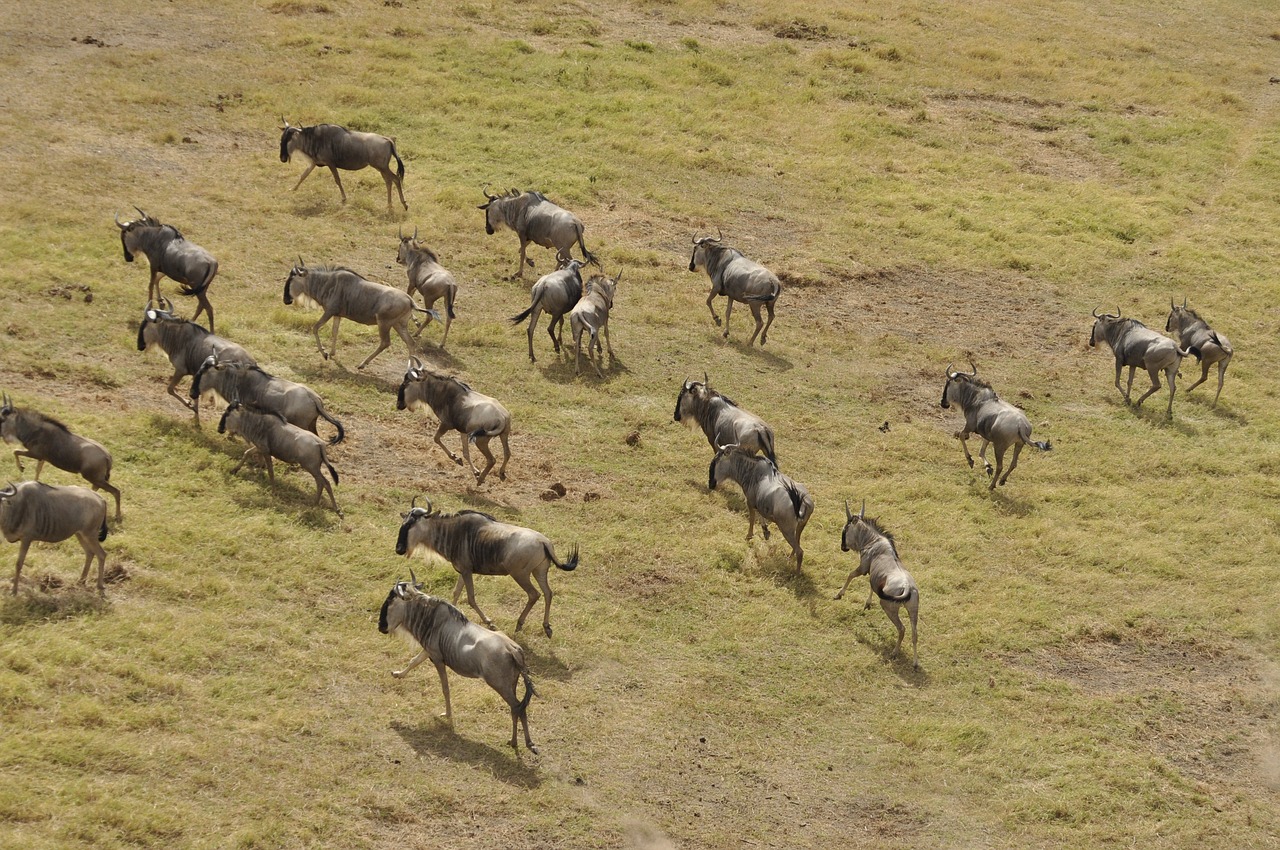Masai Mara National Reserve
Masai Mara National Reserve: A Safari Paradise in Kenya
The Masai Mara National Reserve is one of Kenya’s most iconic and wildlife-rich destinations. Spanning approximately 1,510 square kilometers in southwestern Kenya, this world-renowned reserve is part of the greater Serengeti ecosystem. It is celebrated for its breathtaking landscapes, abundant wildlife, and the annual spectacle of the Great Migration. For travelers seeking an unforgettable African safari experience, the Masai Mara offers unparalleled opportunities to witness nature at its most raw and beautiful.
A Wildlife Haven in the Masai Mara National Reserve
Home to an incredible array of wildlife, the Masai Mara National Reserve is the ideal place for close encounters with Africa’s most famous animals. The reserve is particularly famous for hosting:
- The Big Five: Lions, elephants, leopards, buffaloes, and rhinos. Spotting these majestic creatures is a highlight for many visitors.
- Predators like cheetahs and hyenas: Known for their speed and hunting prowess, these animals can often be seen chasing prey across the open plains.
- Herbivores in large numbers: Herds of wildebeest, zebras, gazelles, and antelopes graze across the grasslands, providing food for the Mara’s predators.
The reserve is also a haven for birdwatchers, with more than 450 species of birds inhabiting the region, including raptors like eagles and vultures, as well as colorful species like lilac-breasted rollers.
The Great Migration: Nature’s Greatest Show
One of the most extraordinary wildlife phenomena on Earth, the Great Migration sees over 1.5 million wildebeest, alongside zebras and gazelles, make their way from the Serengeti into the Masai Mara every year between July and October. This journey, driven by the search for fresh grazing lands, is fraught with danger, as the animals must cross the crocodile-infested Mara River.
The dramatic river crossings, where thousands of animals brave the waters simultaneously, are among the most sought-after experiences for safari-goers. Predators like lions, leopards, and hyenas follow the herds, making this time of year an exceptional period for wildlife viewing in the Masai Mara National Reserve.
Cultural Experiences with the Masai People
The Masai Mara National Reserve is named after the Maasai people, the indigenous tribe that has lived in the region for centuries. The Maasai are known for their vibrant red attire, traditional beaded jewelry, and warrior customs. Travelers to the reserve can immerse themselves in Maasai culture by visiting local villages, where they can learn about the tribe’s history, customs, and way of life. Many Maasai have become stewards of the land, participating in conservation efforts and eco-tourism projects within the reserve.
Safari Adventures in the Masai Mara National Reserve
There are countless ways to explore the Masai Mara, with activities to suit all kinds of travelers:
- Game Drives: The classic safari experience, where expert guides take visitors deep into the reserve for close encounters with the wildlife.
- Hot Air Balloon Safaris: For a unique perspective, take to the skies at sunrise and float above the Mara’s rolling plains while observing wildlife from above.
- Walking Safaris: Led by experienced guides, these safaris provide an up-close look at the reserve’s flora and fauna, giving visitors a deeper appreciation of the Mara’s diverse ecosystem.
Photographers flock to the Masai Mara for its spectacular light, stunning landscapes, and extraordinary wildlife, making it one of the best destinations in the world for capturing nature on camera.
Conservation and Sustainability
The Masai Mara National Reserve faces significant challenges from human encroachment, poaching, and habitat loss. However, various conservation efforts are underway to protect the reserve’s delicate ecosystem. Local Maasai communities play a critical role in these efforts, with many involved in sustainable tourism initiatives that ensure the protection of wildlife while providing economic benefits to the people living around the reserve.
By visiting the Masai Mara, travelers not only experience one of the world’s premier wildlife destinations but also contribute to its long-term preservation.
Best Time to Visit the Masai Mara National Reserve
The Masai Mara National Reserve is a year-round destination, but the best time to visit is from July to October, coinciding with the Great Migration. During these months, visitors have the opportunity to witness the dramatic river crossings and see large concentrations of wildlife. Outside of the migration season, the Mara still offers exceptional game viewing, with fewer tourists and more peaceful experiences in nature.
Conclusion
The Masai Mara is a must-visit destination for any wildlife enthusiast. Its rich biodiversity, cultural heritage, and the unparalleled spectacle of the Great Migration make it one of the top safari locations in Africa. Whether you’re drawn by the chance to witness the Big Five, observe the dramatic migration, or learn about Maasai culture, a visit to the Masai Mara National Reserve promises a once-in-a-lifetime adventure.




Comments are closed